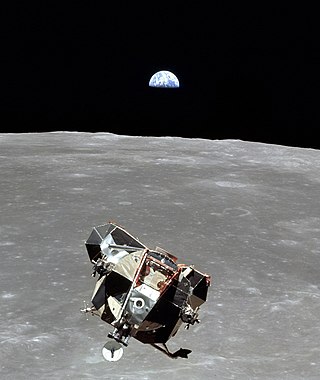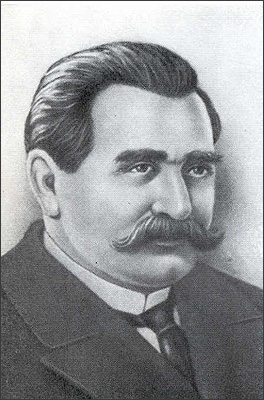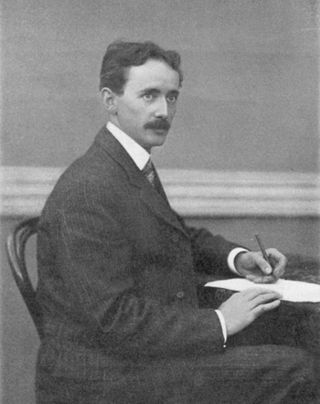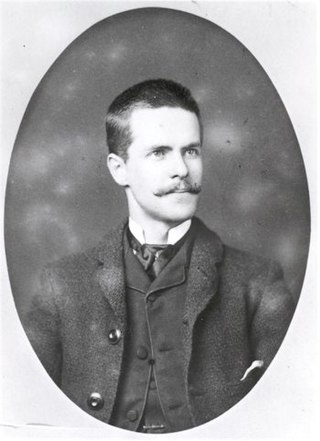
Charles Proteus Steinmetz was a German-American mathematician and electrical engineer and professor at Union College. He fostered the development of alternating current that made possible the expansion of the electric power industry in the United States, formulating mathematical theories for engineers. He made ground-breaking discoveries in the understanding of hysteresis that enabled engineers to design better electromagnetic apparatus equipment, especially electric motors for use in industry.

Irving Langmuir was an American chemist, physicist, and engineer. He was awarded the Nobel Prize in Chemistry in 1932 for his work in surface chemistry.

Thomas Alva Edison was an American inventor and businessman. He developed many devices in fields such as electric power generation, mass communication, sound recording, and motion pictures. These inventions, which include the phonograph, the motion picture camera, and early versions of the electric light bulb, have had a widespread impact on the modern industrialized world. He was one of the first inventors to apply the principles of organized science and teamwork to the process of invention, working with many researchers and employees. He established the first industrial research laboratory.

An incandescent light bulb, incandescent lamp or incandescent light globe is an electric light with a wire filament that is heated until it glows. The filament is enclosed in a glass bulb that is filled with vacuum or inert gas to protect the filament from oxidation. Current is supplied to the filament by terminals or wires embedded in the glass. A bulb socket provides mechanical support and electrical connections.

Artificial lighting technology began to be developed tens of thousands of years ago and continues to be refined in the present day.

Sir Joseph Wilson Swan FRS was an English physicist, chemist, and inventor. He is known as an independent early developer of a successful incandescent light bulb, and is the person responsible for developing and supplying the first incandescent lights used to illuminate homes and public buildings, including the Savoy Theatre, London, in 1881.

Science and technology in the United States has a long history, producing many important figures and developments in the field. The United States of America came into being around the Age of Enlightenment, an era in Western philosophy in which writers and thinkers, rejecting the perceived superstitions of the past, instead chose to emphasize the intellectual, scientific and cultural life, centered upon the 18th century, in which reason was advocated as the primary source for legitimacy and authority. Enlightenment philosophers envisioned a "republic of science," where ideas would be exchanged freely and useful knowledge would improve the lot of all citizens.

Nick Holonyak Jr. was an American engineer and educator. He is noted particularly for his 1962 invention and first demonstration of a semiconductor laser diode that emitted visible light. This device was the forerunner of the first generation of commercial light-emitting diodes (LEDs). He was then working at a General Electric Company research laboratory near Syracuse, New York. He left General Electric in 1963 and returned to his alma mater, the University of Illinois at Urbana-Champaign, where he later became John Bardeen Endowed Chair in Electrical and Computer Engineering and Physics.

Alexander Nikolayevich Lodygin, known after immigration to US as Alexandre de Lodyguine was a Russian electrical engineer and inventor, one of the inventors of the incandescent light bulb.

Daniel McFarlan Moore was a U.S. electrical engineer and inventor. He developed a novel light source, the "Moore lamp", and a business that produced them in the early 1900s. The Moore lamp was the first commercially viable light-source based on gas discharges instead of incandescence; it was the predecessor to contemporary neon lighting and fluorescent lighting. In his later career Moore developed a miniature neon lamp that was extensively used in electronic displays, as well as vacuum tubes that were used in early television systems.

The Fu Foundation School of Engineering and Applied Science is the engineering and applied science school of Columbia University. It was founded as the School of Mines in 1863 and then the School of Mines, Engineering and Chemistry before becoming the School of Engineering and Applied Science. On October 1, 1997, the school was renamed in honor of Chinese businessman Z.Y. Fu, who had donated $26 million to the school.

Katharine Burr Blodgett was an American physicist and chemist known for her work on surface chemistry, in particular her invention of "invisible" or nonreflective glass while working at General Electric. She was the first woman to be awarded a PhD in physics from the University of Cambridge, in 1926.

William David Coolidge was an American physicist and engineer, who made major contributions to X-ray machines. He was the director of the General Electric Research Laboratory and a vice-president of the corporation. He was also famous for the development of "ductile tungsten", which is important for the incandescent light bulb.
Vincent Joseph Schaefer was an American chemist and meteorologist who developed cloud seeding. On November 13, 1946, while a researcher at the General Electric Research Laboratory, Schaefer modified clouds in the Berkshire Mountains by seeding them with dry ice. While he was self-taught and never completed high school, he was issued 14 patents.

Willis Rodney Whitney was an American chemist and founder of the research laboratory of the General Electric Company. He is known as the "father of industrial research" in the United States for blending the worlds of research and industry together; which at the time, were two very distinct careers. He is also known for his corrosion theory of iron which he developed after studying at M.I.T. and the University of Leipzig. Whitney was also a professor at M.I.T. for some time before his career transition into research directing. He received many awards, including the Willard Gibbs medal, the Franklin medal, the Perkin medal, the Edison medal, the John Fritz medal, the Chandler medal, and many others. He was an astute believer in researching and experimenting for pleasure and voiced his belief at various science conferences.
GE Research is the research and development division of General Electric. GE Global Research locations include the Global Research Center in Niskayuna, New York, established as the General Electric Research Laboratory in Schenectady in 1900 and relocated to Niskayuna in 1955, and the John F. Welch Technology Centre in Bangalore, India, established in 2000.

Marvin Pipkin was an American chemist, engineer, and scientist. During his time in the United States Army, he worked on gas mask innovations. These masks were used by soldiers as well as the public during World War I for protection against chemical weapons. His innovative improvements were used through the twentieth century.
William Comings White (1890–1965) was an electrical engineer. He was research assistant to, and cousin of, the Nobel Prize winning chemist Irving Langmuir at the General Electric research laboratory. He was born in Brooklyn and lived most of his life in Schenectady, NY and lived on Lowell Road in the GE Plot.

The General Electric Realty Plot, often referred to locally as the GE Realty Plot, GE Plots or just The Plot, is a residential neighborhood in Schenectady, New York, United States. It is an area of approximately 90 acres (36 ha) just east of Union College.

William Joseph Hammer was an American pioneer electrical engineer, aviator, and president of the Edison Pioneers.



















